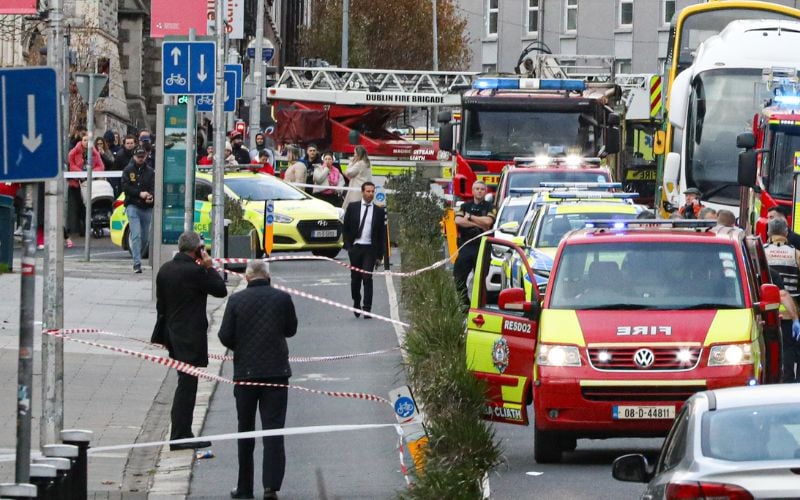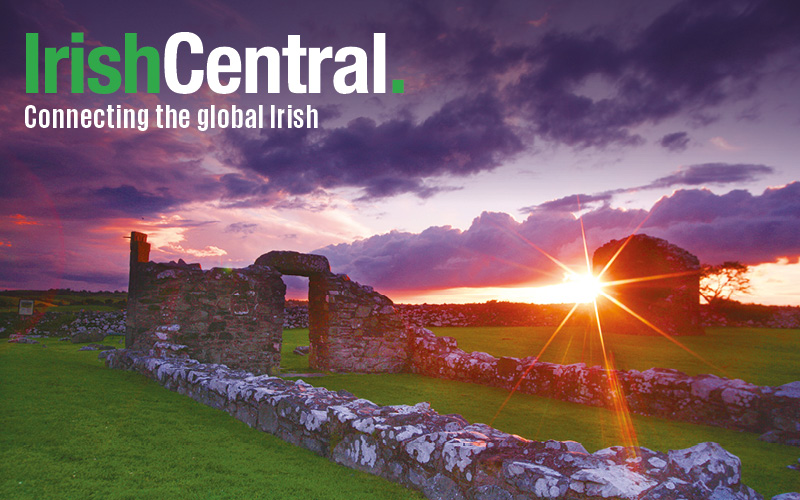Profiles of cities, towns and villages of Ireland compiled from the 2011 census provide statistical pictures of every county allowing the public to single out which place in Ireland most matches their personal values.
The figures, released by the Central Statistics Office (CSO), list every government constituency, all 272 towns in Ireland, with a population of over 1,000. The profile show what percentage of children in the area are under four-years old, how many homes in the area have over four cars and more. They give insight into the kinds of communities and what their daily lives are like, the Irish Examiner reports.
Some of the discoveries are pretty strange. For example County Meath has the highest percentage of married people in Ireland, at 54 percent, with the national average at 47 percent. Ratoath is the top spot for romance with 60 percent of its residents living in wedded bliss. Stamullen comes in second with 59 percent.
The constituency of Dublin South-East, including Dublin 4 and Rathmines, is the reverse with 60 percent of the population marked as single. It’s also one of the highest areas for apartment dwellings at 50.3 percent compared to the average 42.1 percent. Cork City which has a similar population to Dublin South-East only has 16.7 percent of residents living in apartments.
Galway came through as the city of eternal youth with the number of residents ticking the 20-24 years bracket at twice of the national average and a high number also ticking the 25-34 box.
Laois and Fingal were the tops when it comes to babies and preschoolers while Sligo, Roscommon, and Mayo had the most over-50s.
County Donegal has been least affected by the recent massive emigration with 8.1 percent while Galway racked up a massive 19.4 percent. The national average is 12 percent.
Dublin South-East showed itself to be the least religious spot with 12 percent listing no religion. Killybegs, in County Donegal on the other hand has just 2 percent of residents who have no faith. Catholicism continues to be the leading religion in Ireland.
The profiles also show amazing details of household size and composition, educational achievements, commuting patterns, occupation, health, disability, carers, proficiency in Irish, internet access, and the number of people who lived somewhere else a year before the census was taken. These statistics will also provide great insight for policy makers, in identifying the needs of the communities.




Comments